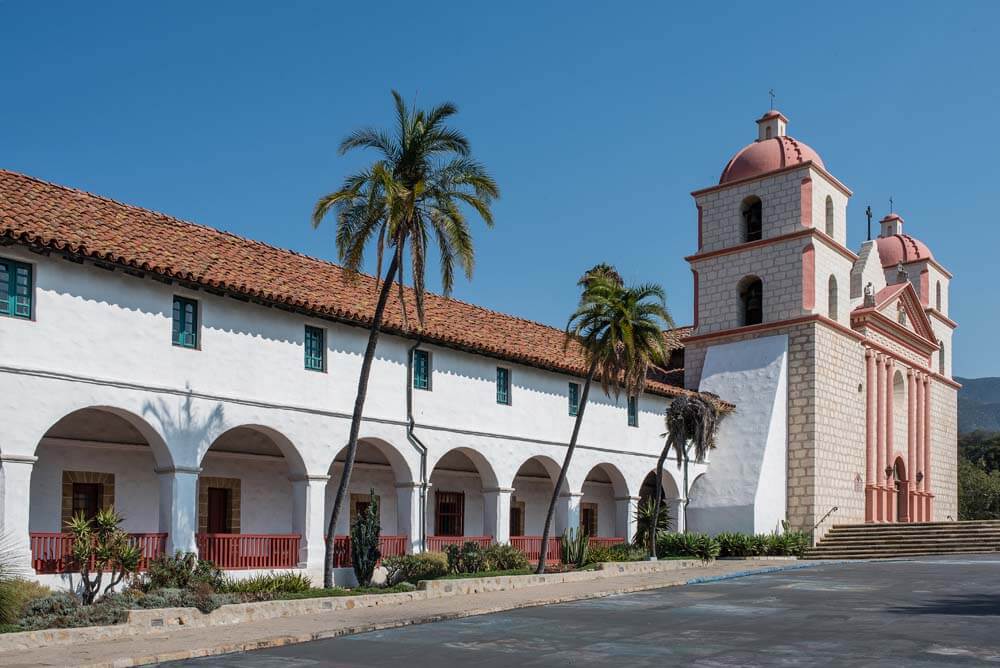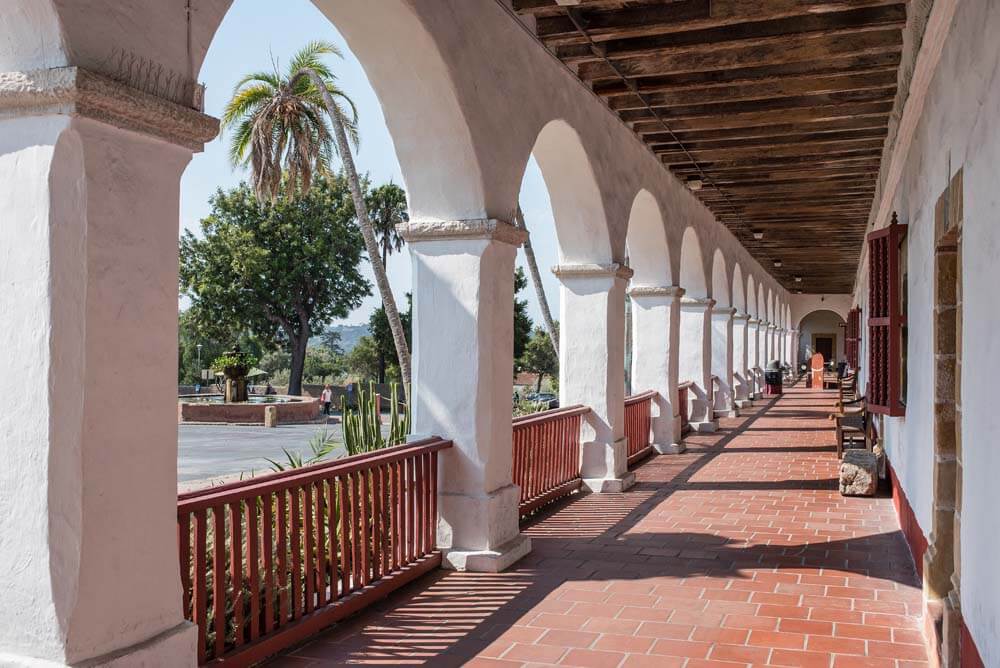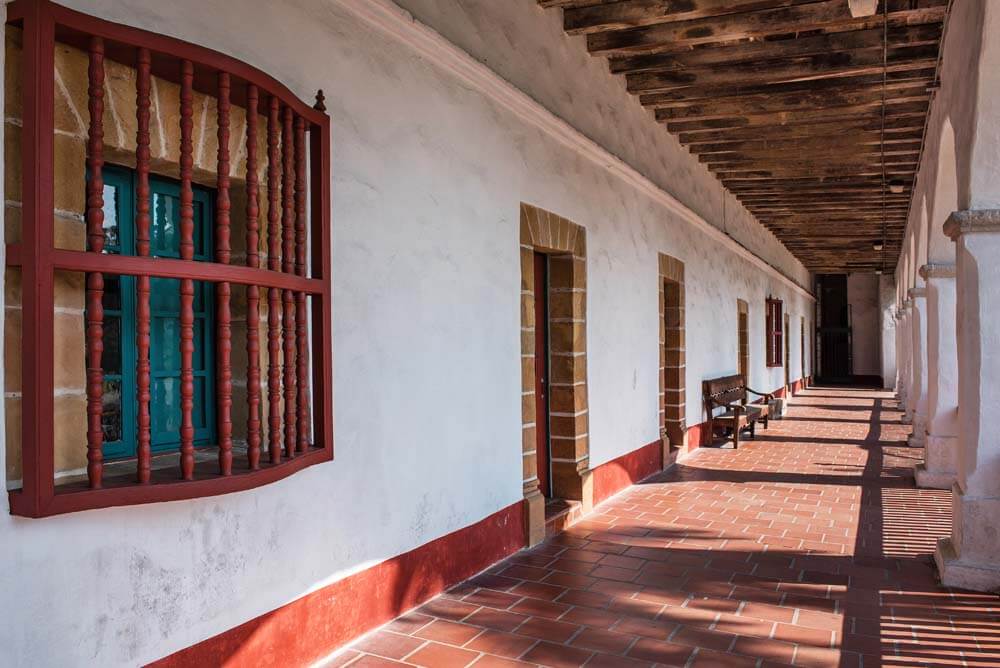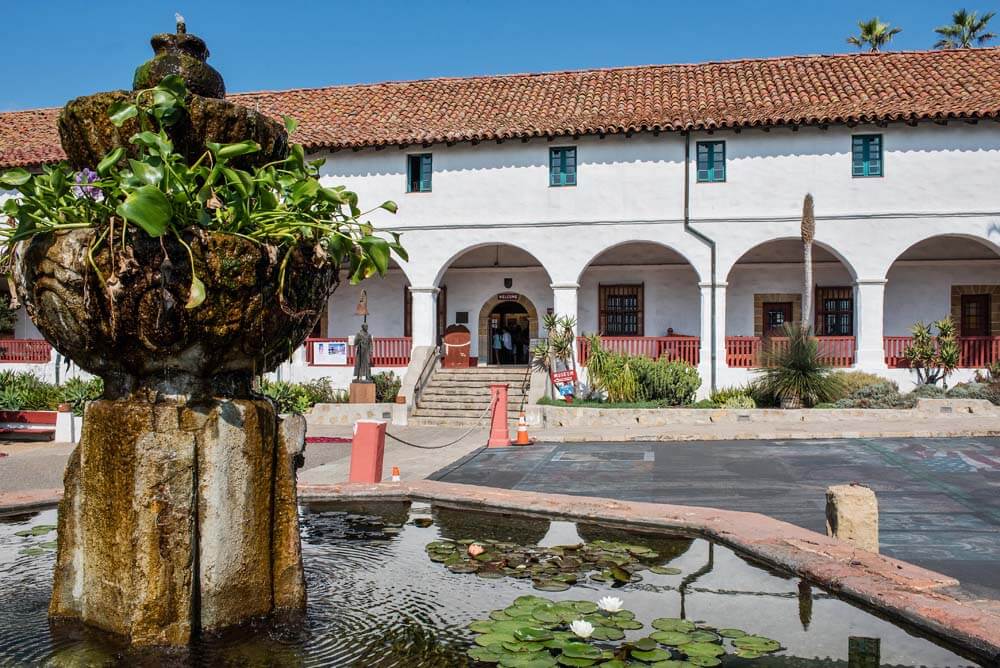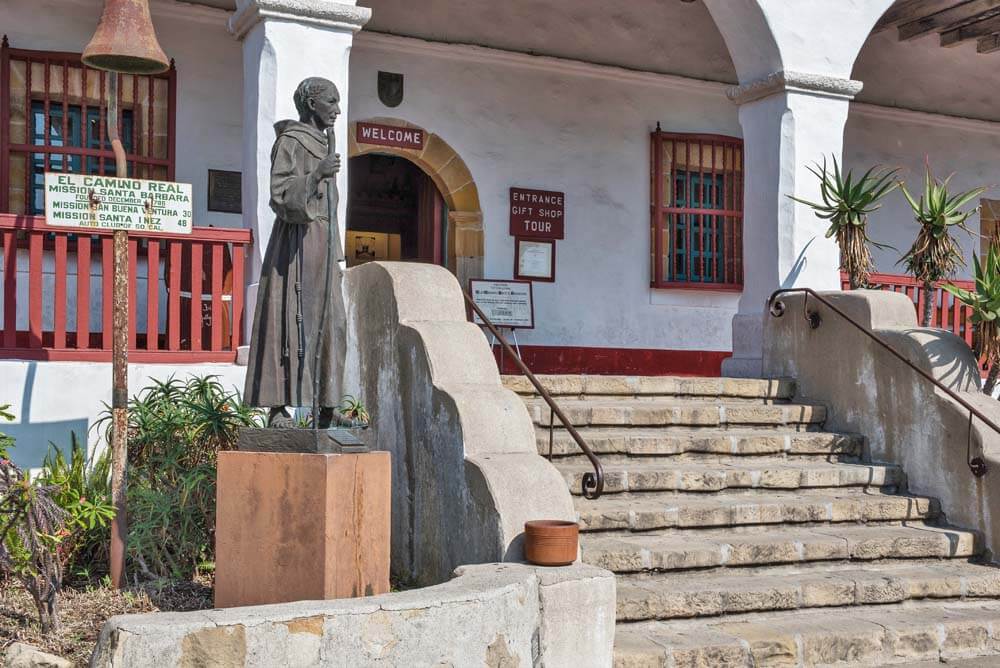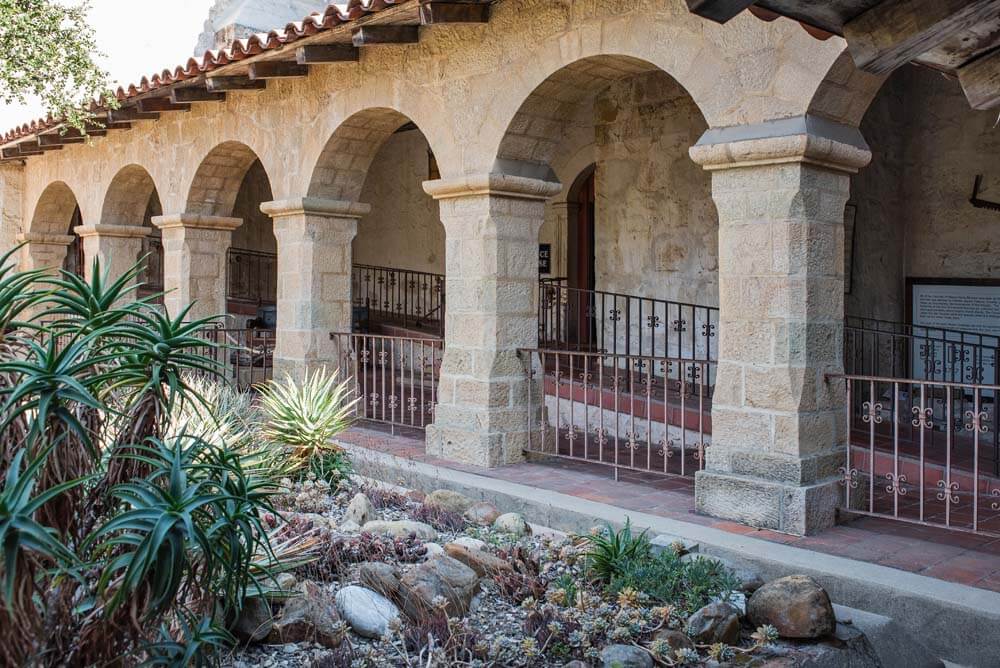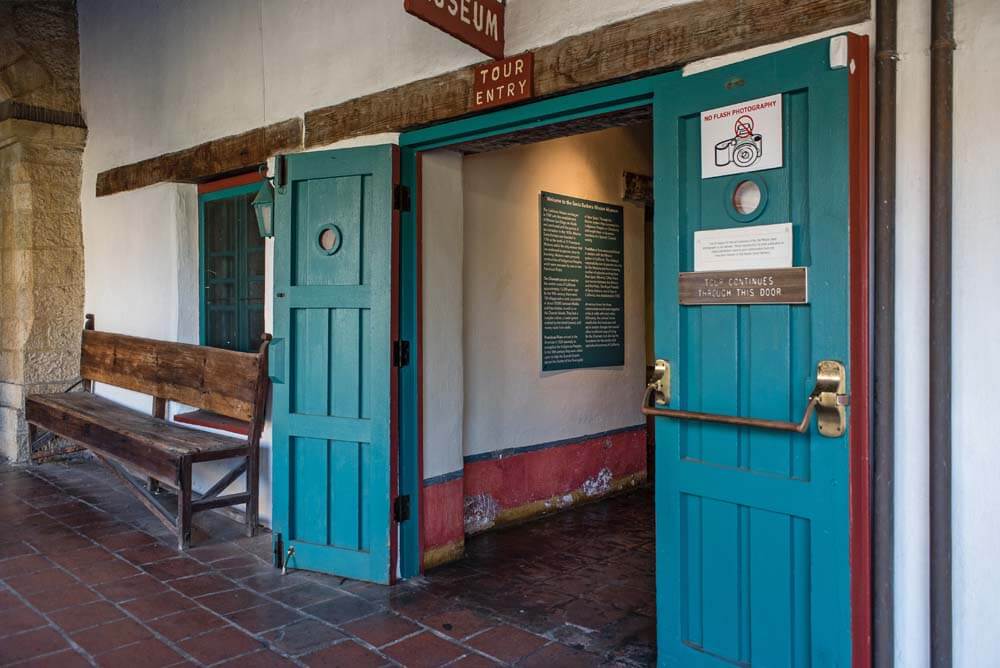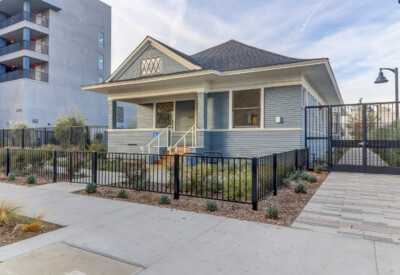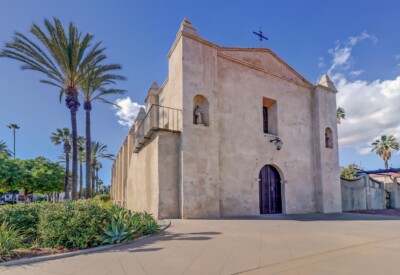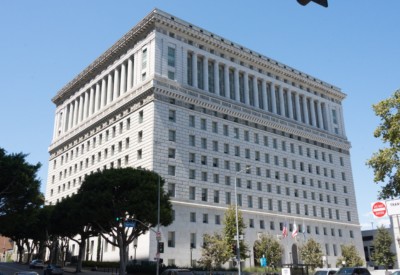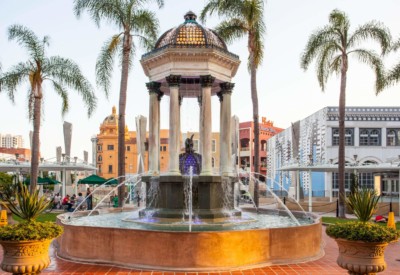Santa Barbara Mission
Owner
Franciscan Province of Santa Barbara
Original Architect
Father Antonio Ripoll
Conservator
Griswold Conservation Associates, LLC
Structural Engineer
Nels Roselund
Historic Consultant
Chattel Architecture
Restoration Contractor
Spectra Company
The Santa Barbara Mission was established on the Feast of Santa Barbara on December 4, 1786 as the tenth of the twenty-one California Missions to be founded by the Spanish Franciscans. A series of four missions have been built on the site, the third of which was destroyed during the great Santa Barbara Earthquake on December 21, 1812. Construction of the fourth and current mission took place from 1815 until 1820. Known as the “Queen of the Missions” for its architectural beauty; the mission was probably constructed under the direction of master mason Jose Antonio Ramirez. Neoclassical style mission represents the greatest engineering achievement of the combined efforts of the Indian, Spanish and Mexican artisans in Santa Barbara. Many of the Mission’s original associated resources, including the tanning vats, jail, filter house, reservoir, and aqueduct system, still exist today. The mission was established to contact and convert the Chumash people, who continue to live along the coast between Malibu and San Luis Obispo.
Listed as a U.S. National Historic Landmark and a California Historical Landmark, the Santa Barbara Mission is the only mission to remain under the leadership of the Franciscan Friars since its founding. Today, the mission is a parish church of the Archdiocese of Los Angeles. The church underwent restoration and Spectra joined the design team to complete the rehabilitation. Spectra performed masonry and adobe restoration as well as sandstone, lime wash, and lime plaster restoration.
Scope of Work
Adobe • Facade Rehabilitation • Masonry • Plaster • Self-Perform
Awards
California Preservation Foundation 2016 • Governor’s Award 2016


